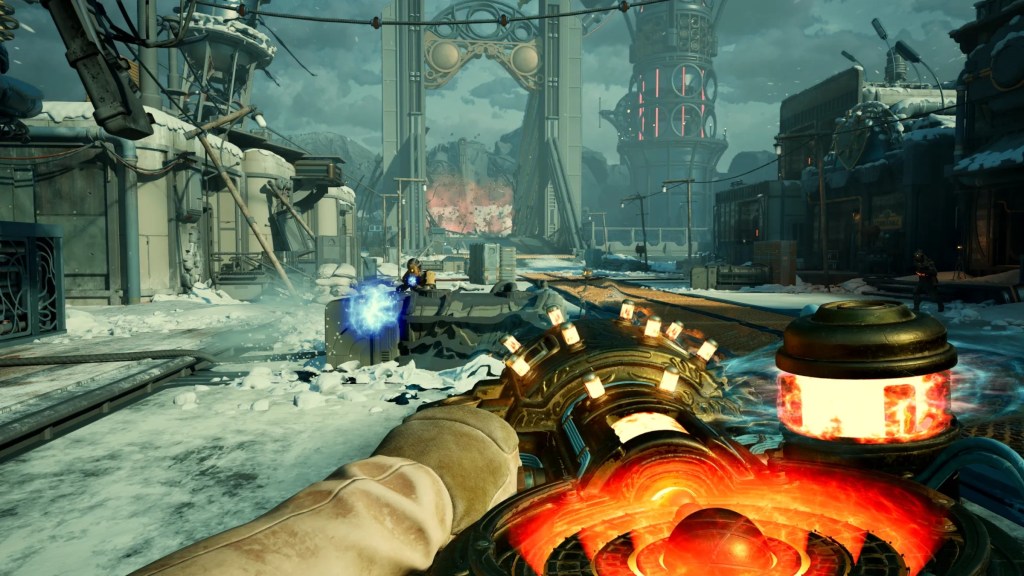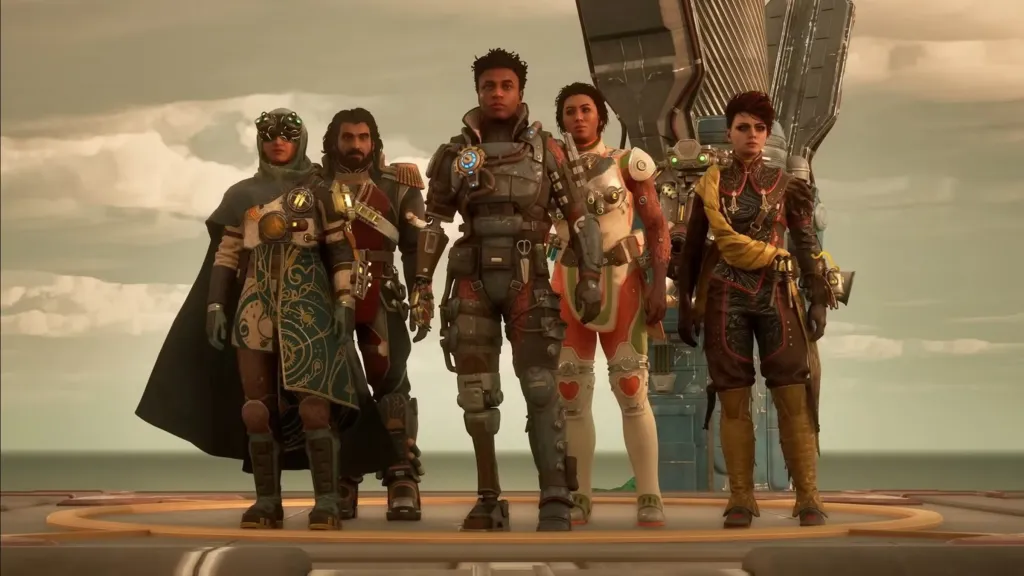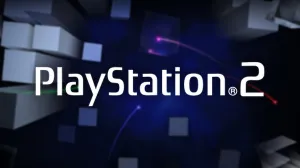The Outer Worlds 2 is the latest gun-blazing RPG courtesy of Obsidian Entertainment, and it’s one of their best efforts yet. Building on the success of 2019’s The Outer Worlds, the sequel expands on every aspect of that first game to uniformly solid effect. With more guns, complexities, and comedy than the (already pretty wide-ranging) previous game, The Outer Worlds 2 builds on that foundation to create something that can feel genuinely epic even while it continues to be surprisingly silly.
Videos by ComicBook.com
While the overall execution may have some faults and can feel too cluttered at times, the shooter gameplay and RPG mechanics fit neatly together to create an engaging experience for players hoping to live their best sci-fi life. All of this is bolstered by a story that might not necessarily break new ground, but delights in poking fun at the wild sci-fi riffs on plenty of real-world conundrums. At its best, The Outer Worlds 2 is charming, compelling, and challenging — and even at its worst, it remains an entertaining and engrossing game that’s worth shipping off into.
Score: 4/5
| Pros: | Cons: |
| Terrific writing and worldbuilding creates a compelling environment for players to explore. | A more flexible approach to the plot comes with a less cohesive narrative than the first game. |
| A focus on customization ensures the player feels a real sense of autonomy and agency compared to other RPGs. | A plethora of options can sometimes result in the player being overwhelmed with clutter. |
| An improved focus on combat and weapon types makes the consistent battles far more entertaining and open to experimentation. | Relatively few enemy types can induce a sense of repetition in combat. |
Good Luck, Agent, And Enjoy The Ride

One of the reasons The Outer Worlds 2 works so well is that it’s effectively a stand-alone title that fans of the first game and newbies alike can dive into. The Outer Worlds 2 shifts focus away from the colony of Halcyon to the cluster of Arcadia, where a power struggle threatens to rip apart the colony. While investigating how FTL travel and skip drives have been causing rifts to open up in space, the player’s character (an agent of the Earth Directorate) finds themselves cut off from any backup and stuck in the conflict between factions like the opertunistic megacorporation Auntie’s Choice, the totalitarian government known as the Protectorate, and the devout mathematicians dubbed the Order of the Ascendant.
As the game goes on, players can recruit new allies from each of these factions, all in pursuit of solving the mystery surrounding the skip drives. As in the first game, the field is wide open for the player to make their own decisions when it comes to the development of the story, with even more options to take the plot in wild directions. Dialogue branches set up all sorts of differing paths and alliances to forge, with support characters and enemy NPCs alike bouncing off the player in interesting ways. The Outer Worlds 2 does a good job of giving players their own sense of agency and autonomy compared to other RPGs, with a level of depth afforded to the character interactions that ensures even the smallest conversation can have as much impact as big decisions.
While not strictly an open-world game, the vast expanse of Arcadia and the nearby areas provide plenty of hidden characters and secret missions to discover and embark upon. The result is a title that feels genuinely open to the player’s imagination and ambition. While the story may shift depending on the player’s actions, the overarching sense of societal satire and style of dark comedy remains consistent.
The Outer Worlds 2 benefits from strong writing across the board, with everything from major cutscenes to minor henchmen dialogue all revealing more about the world at large. It’s a frequently hilarious game, which helps paper over some of the broader archetypes at play. While it’s not necessarily reinventing the wheel, The Outer Worlds 2 does a good job of refining it through its own very specific anti-capitalistic perspective to feel unique in a crowded genre field.
Guns, Gadgets, And Gizmos Make Arcadia Stand Out

Similar to The Outer Worlds and other similar titles like Borderlands or Fallout, The Outer Worlds 2 takes an RPG approach to a first-person shooter that makes the player feel like their own person. The gunplay mechanics are tight, with a focus on fast-paced battles that pit players against a horde of soldiers, robots, and aliens. While the enemy types may be somewhat limited, the expanded weapon selection and incorporation of gadgets into the gameplay open up all sorts of opportunities for creative violence.
Shotgun/hammer fusions, toxic guns, and silenced sniper rifles give players a lot of versatility in how they approach the game’s expanded focus on combat. For the most part, the combat works, especially in conjunction with the player gradually being forced to pick sides in the overarching conflicts. It can get a bit same-y over time, however, a problem that the genre as a whole faces beyond The Outer Worlds 2. That’s where the customization and versatility in terms of combat really come into play, as it gives players plenty of room to experiment with playstyle to find the approach that entertains them the most.
While the different sectors of space that the player visits may feel a bit out of sync with one another at times, and this costs the game the more consistent narrative of the previous title, it also feeds into the feeling that this is your adventure, no matter what you make of it. The wide variety of choices and paths gives the game a real sense of adventure, even when it falls into the sandbox trap of filling the map with minor objectives instead of the natural discoveries of the first and third acts. In that sense, The Outer Worlds 2 feels like a comedic spiritual successor to the Fallout franchise, where the open-ended nature of the adventure is very much a feature and not a bug.
The Future Is Yours

The Outer Worlds 2 is a very impressive showing from Obsidian Entertainment, which really shouldn’t be a surprise. The studio has been behind some truly great games over the years, but the writing and direction on The Outer Worlds 2 is among the best work they’ve ever done. Consistently funny without ever losing sight of the humanity at the core of the narrative, The Outer Worlds 2 dodges a lot of the faults that can hinder these types of games, with a tighter focus ensuring that the broad landscape never feels too empty or expansive to properly explore.
The tone of the writing is effective at keeping the existential dread of the premise at bay, without ever undercutting the emotional bonds that can form between the player and the characters they end up fighting alongside. The character arcs are compelling, especially as the game progresses and players discover more about their perspectives on the conflict as a whole.
With gorgeous graphics, solid visual aesthetics, and a script that fits the tone, The Outer Worlds 2 is a very solid addition to the sci-fi landscape. While it may not be perfect, it’s a very impressive showcase from Obsidian highlights how the developer continues to improve on the sandbox approach they’ve been refining for years. Fans of the first game, the Fallout series, and good comedy writing will find plenty to love about this adventure.
Comicbook.com was provided a PS5 review code of The Outer Worlds 2 for the purposes of this review.








